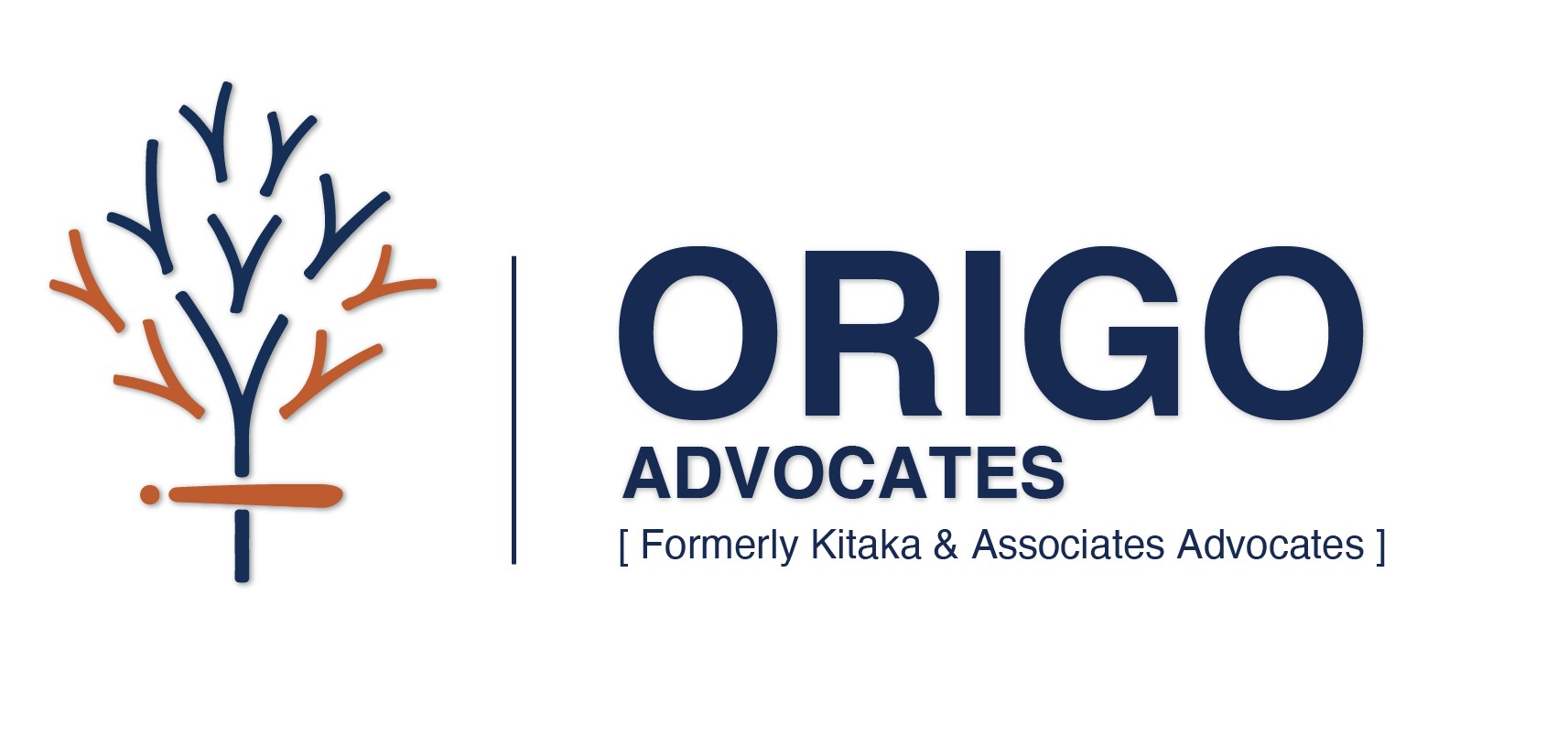MULTI-CLASS REGISTRATION OF TRADEMARKS IN UGANDA: AN OVERVIEW

In Uganda, a trademark means a sign or mark or combination of signs or marks capable of being represented graphically and capable of distinguishing goods or services of one undertaking from those of another undertaking. The function of a trademark has always been to distinguish the products of one undertaking form those of another. Under s. 2(2) of Uganda's Trademarks Act, 2010, the Registrar maintains a manual and electronic register of registered trademarks in Uganda.
The register is divided into parts i.e.; Part A and Part B. A trademark may be either inherently adapted to distinguish or capable of distinguishing goods or services of the proposed undertaking from those of other undertakings and this is the difference between the two parts of the register and this is determined by the character of the mark at the time of application. A mark needs to have graphical representation for it to be protected in Uganda.
Goods and services are classified by URSB in accordance with the International classification of goods and services following their accepted edition. Proof of use of a trademark in general course of business is not a requirement to be proved at time of application of a trademark in Uganda, however, the Registrar has the discretion to request an application to adduce evidence of use to establish the requisites for application. The classifications are published by WIPO that also provides the underlying explanatory notes for each class which guides the applicant on where their mark may fall.
Uganda is a single class jurisdiction. This means that a mark that desires protection in Uganda needs to be registered in each class that the intended trademark proprietor desires protection for example if a local company like Nice House of Plastics or a foreign company like Nike needs to use one specific logo to protect products that fall in different classes, they will need to make applications in all those classes. The advantage of this is that the Registrar is made aware of the class in which the mark is to be protected and is able to distinguish whether it is inherently distinctive for it to be registered under Part A or capable of distinguishing under Part B. In addition, should the application progress to the stage of advertising for registration of the trademark, then any oppositions to its registration may be raised in respect to that particular class.
Multi class registration means a mark can be registered through a single application that is covering goods and/or services in multiple classes. This is the case in jurisdictions such as the USA although at the USPTO the filing fee is charged for each class even in a multi-class trademark application. One of the benefits is that at the time of renewal, should the trademark owner renew a registration for one of the classes or should it be updated with new information, the validity of the other registrations remains on the register.
The advantage of a multi class application is that in those jurisdictions the Registrar only needs to receive one application with the applicant's details such as names and addresses and only one application is tracked. In addition, there are filing costs that are saved on the applicant's end instead of making separate applications in each class.
In case there is a conditional acceptance, opposition, rejection or any other counter by the Registrar or a third party, it shall only apply to the application as regards the contested class. In addition, a multi class application is important for a trademark proprietor who carries out trade in various goods and services without commencing separate applications in each class.
In sum, when making the decision to file a trademark application in Uganda, it is important to consider the class of goods and services in which the intended trademark proprietor intends to carry out business and disclose the same in their application. In case they are not able to proceed with all the separate applications for the desired classes, then they should proceed with the class in which the mark needs imminent protection.
